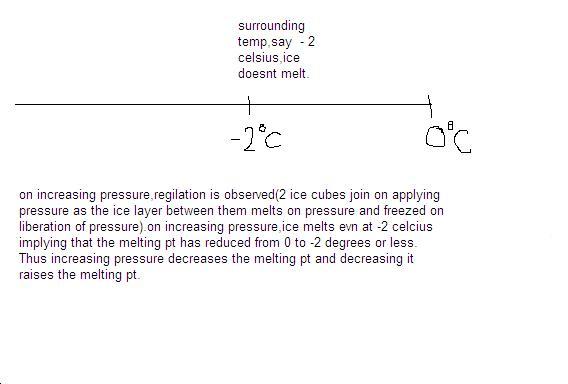Gauss law in electrostatics:
∫E.dS=q/e0
Gauss law in Magnetism:
∫B.dS=0
this is a direct result of the fact that magnetic monopoles do not exist unlike independent +ve and -ve charges and therefore the net flux passing through the gaussian surface is 0(the flux leaving it=the flux entering it)
Gauss law in gravitation:
∫F.dS= -4∩G(m)
Rounding up physics for jee:
this thread is started with the intention of bringing together concepts,notes and details in physics fro jee for revision.
would like to ask all for contributions.
1)In case of electron nucleus system or planet star system(wherever the force obeys inverse square law),
K=|E|=|U|/2
where K=kinetic energy(>0),E=total energy(<0) and U=potential energy(<0)
2)Inertial mass tends to prevent the change in state of rest or motion of a body.
Inductor in a circuit is like inertia.
when the current tries to rise,it prevents it from doing so,and when it tries to come down,it opposes it's fall.
this is why inductor is like inertia(mass) in a circuit.
-
UP 0 DOWN 0 0 5

5 Answers
Properties of equipotential surfaces
1) No point can be at different potentials, so equipotential surface for different potentials can never touch or intersect.
2) Potential energy does not change as a test charge moves over an equipotential surface and hence the electric field can do no work on such a charge. Because of this reason electric field must be perpendicular to the surface at every point so that the force qo will always be perpendicular to the displacement of a charge moving on the surface. Hence, field lines and equipotential surfaces are always mutually perpendicular.
3) Equipotential surfaces are drawn so that there are equal potential differences between adjacent surfaces.
In regions where the magniture of is large, the equipotential surfaces are closer together because the field does a relatively large amount of work on a test charge in a relatively small displacement. In regions where the field is weaker, the equipotential surfaces are farther apart.
4) On a given equipotential surface, the potential V has the same value at every point but in general the electric field does not. For example, at the midpoint of the line joining a dipole, potential is zero but the electric field is not zero.
CONSERVATIVE FORCES-
1)Path independent
2) Work in different paths is equal
w1=W2=W3
3)Work in a round trip is zero
WAB+WBA=0
